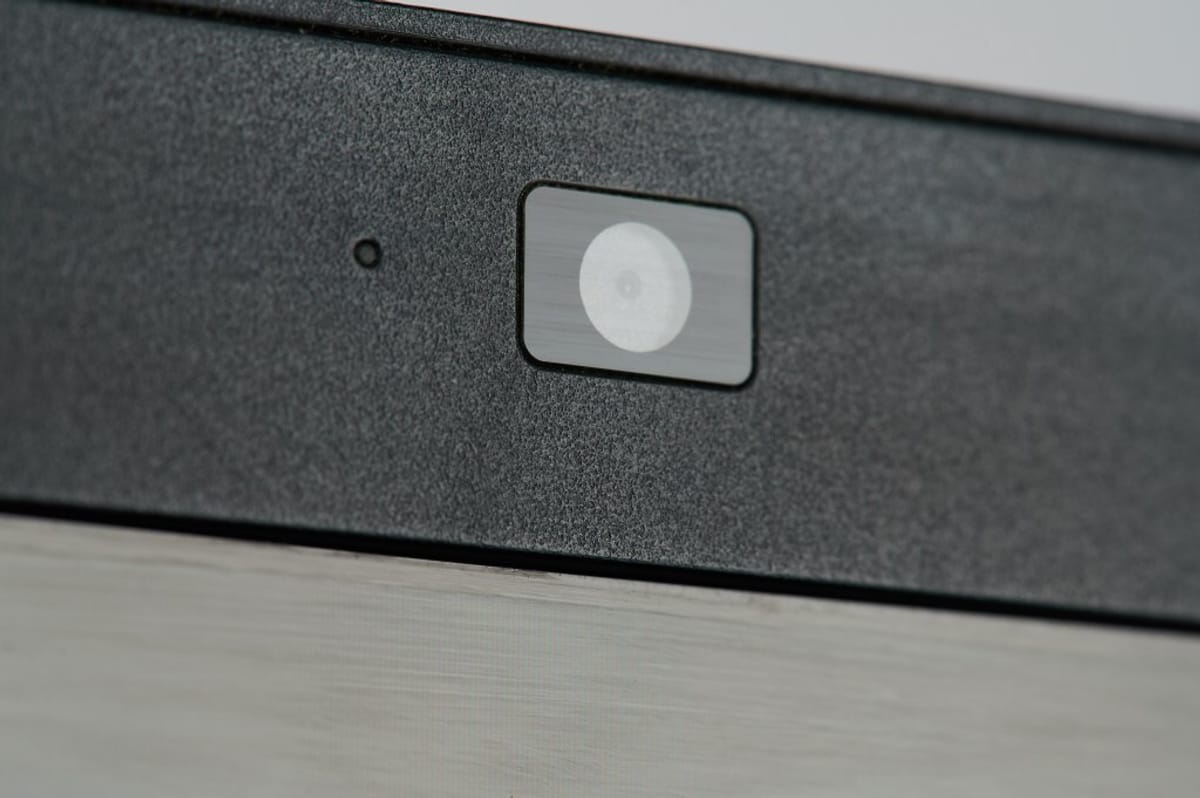story

Classroom Strategies

Blog
My large public-school district outside of Portland, Oregon started the school year with 100% comprehensive distance learning, and for now it will continue through at least February. From the beginning, I knew there would be a constant battle with students about using their cameras, so I decided I would not require them during class.
Share
My large public-school district outside of Portland, Oregon started the school year with 100% comprehensive distance learning, and for now it will continue through at least February. From the beginning, I knew there would be a constant battle with students about using their cameras, so I decided I would not require them during class.
I was aware, though, that many teachers would disagree with me. Indeed, there are many teachers who voice concerns over the absence of student faces on their screens, and I understand why teachers feel this way. But the battle over cameras is not worth fighting.
Let me state this clearly: we should not expect students to turn on their cameras while they are distance learning. Some learners who come from chaotic homes may not be able to focus on lessons because they fear exposing their home lives to their classmates. Others may experience anxiety and depression, and live streaming their faces and surroundings might increase their vulnerability. So, by allowing our students the choice about turning on their camera, we provide a small amount of safety and comfort they may need.
Like everything else this year, student engagement looks very different than it did a year ago. Fortunately, there are many ways we can build comprehension checks into our online lessons without students using their cameras.
Providing low-risk opportunities to turn on their cameras will not work for all students. I still allow students to answer in the chat if they are not comfortable using their cameras, but some activities can encourage students to turn those cameras on:
It seems that some students do want to have their cameras on, but peer pressure and the established classroom culture is to have them off. By providing them participation opportunities to turn on their cameras, many will choose to leave them on for the period.

So, what happens if a student logs in and leaves the room? I have asked myself this question. I also ask myself what the worst thing is that could happen.
The worst thing that could happen is the student will not pay attention, will not learn the material, will not understand the assignment or do the work, and their grade will drop. Then, it will be my responsibility to help them improve their grade.
That is fine. We go through this process when school is in session in the building, so this will not be any different.
When I notice a student not turning in work or engaging during class, whether in the school or online, I contact the student and the responsible adults so we can come up with a plan. This allows us an opportunity to discover the true cause of their disengagement. Are there bigger life events preventing the student from learning? Let’s tackle those as soon as we can. Are there social-emotional issues the student is facing? Let’s get that student the help they need now. The earlier this happens in the first marking period, the better it will be for the rest of the semester. It is an opportunity for us to better understand our students and the struggles they face, so we can provide the support they need. When we help solve their real-world problems, we also build trust because students learn we teachers are about more than just grades.
This is also a time for high school students to learn about accountability and self-discipline. They must rely on themselves more than ever to be responsible and pay attention when tempted by distraction. We need to model what this should look like and be very clear with our expectations. We need to trust them to do the right thing but still be there to support them if they go off course

At first, I felt lonely teaching to a bunch of blank boxes. I never asked students to turn their cameras on, but I made comments about missing them. Many students wrote to me saying they were there, were paying attention, were engaged, and liked the class. With their encouragement, I decided to embrace the blank screens. I am now more myself in front of my students than I have ever been. I am happy, positive, encouraging, and goofy. And I dance while we listen to music at the beginning of class! I also sing songs to help them remember words and phrases. I laugh at myself, at the pictures they send me, at their comments.
Not being able to see my students takes away some of the distraction and concern about them judging me. While there are downsides to not being able to see their faces and reactions, the one positive is that I do not let their reactions affect how I am feeling or teaching. I can be myself without feeling self-conscious about the eye rolls, the sighs, the yawns or the phones squirreled away under the desk. There is a freedom to playing to a faceless audience, and I am embracing it for the time being.
Teacher self-care is a hot topic right now. Districts throw that phrase around, but they often do not provide any real opportunities for implementation. Here is one simple self-care technique I recommend to you: stop policing cameras. Let it go. Teach your good, engaging lessons with reasonable activities, and let the lesson and your personality do their magic. By removing the stress of monitoring their cameras, you are taking one more thing off your plate.
How is your school running staff meetings?
Do teachers always have their cameras on?
We give adults a level of trust we do not normally allow our students, and I would argue that teachers can have worse attention spans than students! But our administration trusts we are professionals who pay attention, even if we are not sitting in front of our cameras. It is time we extend some of that trust to students and allow them to rise to the occasion. Of course, there will be students who take advantage of that trust – this happened even in our pre-pandemic lives.
So, now is a perfect time for us to allow students to take responsibility for themselves, for their sake and for ours. If we set good examples, outline clear expectations, and give them some trust, we will be pleasantly surprised.
